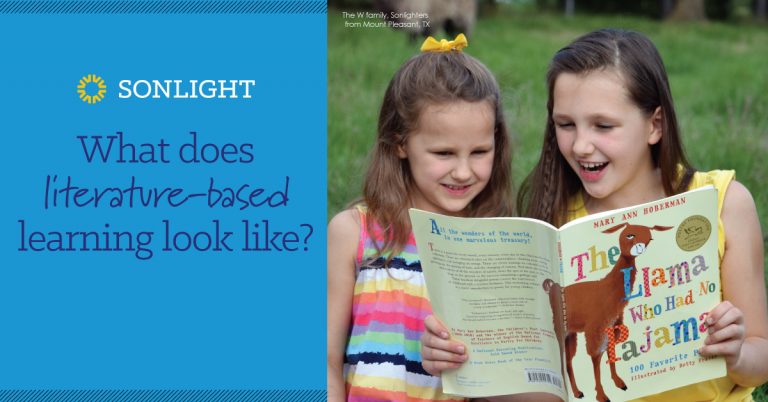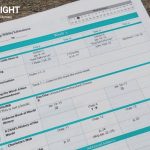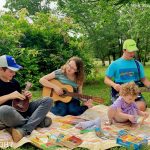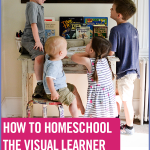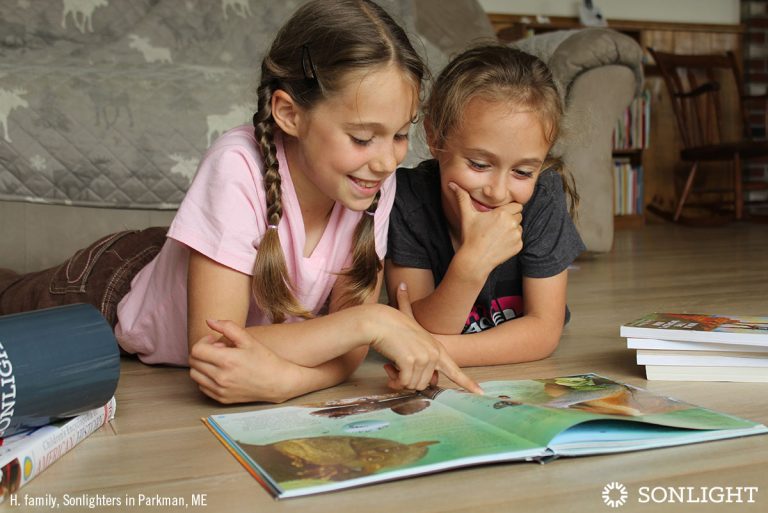
Do you have a child who struggles with listening and understanding while you read aloud? Would they prefer to read the material themselves instead? Do they need to write down what they are thinking in order to remember it best? Does your child process pictures better than words and loves to illustrate or sketch homeschool lessons? If any of these characterize your child, you may be homeschooling a visual learner.
There are two main types of visual learning input:
- visual-linguistic—using words
- visual-spatial—using pictures and symbols
You might find the visual child is better with visual-spatial activities at younger ages but enjoys visual-linguistic activities as their reading and writing abilities develop. Here are teaching and learning techniques to enrich your visual learner's homeschool experience.
Homeschooling Visual-Linguistic Learners
Visual-linguistic activities focus mainly on the written word. Children who thrive with visual-linguistic presentation of information are typically avid readers. Because public schools have a strong visual-linguistic bent, these types of learners excel in a traditional classroom.
They typically read a passage and remember it with very little need for review. Sometimes they can remember what they have read from years ago.
If your child seems to love words and retains information better if there is a written aspect to it, you might be homeschooling a visual-linguistic learner. In that case, the techniques below will enhance your child’s learning experience.
Techniques for the Visual-Linguistic Learner
- Use Sonlight’s high-quality reading materials to give a visual learner something worth digesting and remembering.
- Allow your student to read along with you, either sharing a book or reading their own copy instead of merely reading aloud.
- Have your child read to you while you multi-task. This method provides you the background knowledge to discuss the book and help your child process any difficult content. If you go this route, I suggest you pre-read the books for yourself.
- Let your child take notes or use notebooking pages while you read. For example, Sonlight has a specific set of notebooking pages to use with level F Eastern Hemisphere.
- Use Sonlight-specific lapbooks with written information to help them visually process what they are learning. Sonlight carries lapbooks to go along several levels.
- Allow your children to mark their books with highlighter to illuminate difficult text (especially at the high school level).
- Allow them to underline key passages.
- If they are struggling with a text, let them make notes in the margins or take notes on a separate sheet of paper.
- Have them copy important Bible passages, poetry they are trying to memorize, or other memory work.
- Print copies of the discussion questions for them to refer to while they are reading.
- Print copies of notes or discussion guides for harder-to-understand books.
- Use a chart or graph to keep track of what is happening in a confusing story.
- Allow your child to watch videos that bring history to life, enhance what they are learning in science, or demonstrate math points. Videos that use bullet points in print are helpful, as are subtitles.
- Choose a math curriculum that caters to visual-linguistic learners: Math U See, Videotext Algebra, and Dive DVDs. Saxon Math is also very good for visual learners, as it gives step-by-step written instructions. Literature-based math programs such as Life of Fred teach through words rather than practice problems.
- Print or refer to written lyrics of songs so your child can read the lyrics along as they sing.
- Provide instructions in written lists rather than verbally.
- Teach your child to make outlines and take notes as they read or listen to you read.
Homeschooling Visual-Spatial Learners
Visual-spatial activities are similar to visual-linguistic activities, except they focus on images and pictures instead of words. You will find a lot of overlap between these two groups, so the techniques in the above list may work for your visual-spatial learner, too. This list includes only activities that are not mentioned above.
Techniques for the Visual-Spatial Learner
- Usborne history and science books, while sometimes frustrating for parents to read aloud, provide visual context for the child and help them create picture-memories to store in their brain. Allow your child to pour over the pictures and point out items of interest.
- Children with great spatial skills often do well with remembering faces and places. Show them pictures of people and places so they can associate a face with a story or a location with an event.
- Sonlight's Timeline Figures placed into the Timeline Book create a visual representation of major historical figures and events.
- Map work done with a markable map is probably the best way to teach geography to a visual-spatial learner.
- Use lapbooks, activity packages, and coloring book supplements.
- Have your child draw pictures of what they are learning. Even if the pictures aren’t very accurate or seem convoluted, the child is forming a mental picture that helps them understand and remember.
- Allow them to doodle in their math books and along the edges of their worksheets.
- Create charts with pictures of the characters and events as they go along.
- Show them pictures of various historical figures and events.
- Watch videos that bring the history to life.
- Create a visual representation of the events with LEGO bricks, playdough, toys, or acting.
- Teach them to take notes, using symbols for repeating words. Allow them to be creative, and teach them to use a key to explain what each symbol means.
- Devise your own version of the Inductive Marking Approach. Using a copy of the text you can mark, highlight certain words, draw pictures to mark themes, and look for keywords that work together. This method works well for the Apologia textbooks in Sonlight’s high school levels as well as history spines that have a variety of topics.
- Visit museums, learning centers, and other areas for field trips. Walking around a museum adds both visual and spatial aspects to your child’s learning.
- Hands-on math programs, such as RightStart or Math U See, where children need to physically manipulate numbers on a spatial plane, are perfect for these learners.
While everyone learns best when material is presented in a variety of ways, visual learners will especially benefit from the two lists of techniques above.
Visual-linguistic students are avid readers who adore a book-based homeschool curriculum. See what it could look like for your family.


